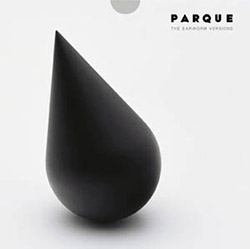
Intermedia artist Ricardo Jacinto with Nuno Torres (sax), Ricardo Jacinto (cello), Andre Sier (electronics), Dino Recio (percussion), Nuno Morao (percussion, melodica) and Joao Pinheiro (percussion, vibes) in a structured improvisation in an electro-acoustic environment.
In Stock
Quantity in Basket: None
Log In to use our Wish List
Shipping Weight: 4.00 units
EU & UK Customers:
Discogs.com can handle your VAT payments
So please order through Discogs
Sample The Album:
Nuno Torres-alto saxophone
Ricardo Jacinto-cello, percussion
Ricardo Jacinto-composer, director
Andre Sier-electronics
Dino Recio-percussion
Nuno Morao-percussion, melodica
Joao Pinheiro-percussion, vibraphone
Click an artist name above to see in-stock items for that artist.
UPC: 5609063800036
Label: Shhpuma
Catalog ID: SHH003
Squidco Product Code: 20352
Format: CD
Condition: New
Released: 2013
Country: Portugal
Packaging: Cardboard box with slide in CD sleeve
Recorded at Golden Pony Studios in Lisbon, Portugal in 2008 by Pedro Magalhaes.
"PARQUE is a project of the intermedia artist Ricardo Jacinto, with the instrumental contributions of Nuno Torres, Nuno Morão, João Pinheiro, Dino Récio and André Sier, and "Earworm Versions" the remaining tail of an exhibition and performance-installation presented at Culturgest, Lisbon, in 2008. With studies in architecture, sculpture and music, Jacinto became noticed because of the inclusion of sound in his visual and sculptural work and because he searches for an exploration of space when he acts as a cellist. At this level, he is a unique case in Portugal.
The music contained in this album corresponds to the precepts of structured improvisation in an electro-acoustic environment, focusing mainly on the use of textures where noise clusters and harmonic constructions are closely interlaced, mostly achieved by the sonic character of three instrumental-installations built by Jacinto specifically for this project. Glass (mirror) sonorities in the first two pieces and a natural doppler effect, produced by a pendular speaker, set the base for the musical compositions and determine the importance of space in this music. This recordings can be heard as the soundscape of this territory entitled PARQUE where audience and performers inhabit mini-architectural devices used for performing sound and light, reflecting the interaction of sound and space - in this aspect benefiting also from an interactive software designed by André Sier.
And because this music is, inevitably, part of a synesthesic complex, being its author a recognized manipulator of the factors of perception, live video-footage (edited by Nuno Ribeiro) of the three pieces here recorded are available at www.ricardojacinto.com, clarifying the image and spatial side of this project.
This is a long and very much expected edition. Here it is, finally, and with the superior quality we could wish for..."-Shhpuma
"I'm hoping The Earworm Versions will garner a little more international attention for Ricardo Jacinto, the Portuguese polymath behind the music of Parque. Jacinto's a cellist, but his resume stretches on: a student of architecture and sculpture, he combines sound installations, visual performances, and improvised music into colossal vortices of art. Even without the visual/physical element, The Earworm Versions is an impressive piece of music, certainly worthy to stand aside the names of fellow architects of sound like Max Eastley or Eli Keszler.
The Earworm Versions features three performances. The first is a piece for cello, alto saxophone, electronics, and percussion played on two giant, suspended mirrors. "Peça de Embalar" is austere and moody, the cello drawing long tones over the timpani-like mirrors, sounds like thunder rising in the distance. "Os" features a similar instrumental line-up, only with 24 smaller, tuned mirrors that hang vertically from wires on the ceiling like cymbals. The piece is interspersed with some readings from a sci-fi text (nothing special, but not terrible, either), which despite its strange subject matter represents the least interesting aural element at play.
Still, at times the words and the sounds converge keenly. "It's also fantastically cold," says the voice early in the piece, and the low sound of the saxophone starts to lift, a sound almost like shivering, and then the delicate clatter of the mirrors, hammered like dulcimers, an orchestra of ice. "Atraso" rounds out the selections, an improvisation that's played back through a speaker on a pendulum, which is swung around a room by two performers, creating a disorienting Doppler effect that sounds as though the music is swooping and diving around your head. What sounds gimmicky on paper actually creates a compelling pulse in the music, a slippery rhythmic element that's hard to pin down but proves to be the driving force behind the music.
There may be a debate to behad about divorcing these pieces from the structural and visual elements that make up their conceptual foundation, but the works can stand on the strength of the sounds alone. I'd like to think the performative and audio elements can serve two distinct functions and audiences (not mutually exclusive), rather than one being a lesser, incomplete version of the other. Either way, The Earworm Versions is lively listening, and a welcome edition to Sshpuma's burgeoning little catalog."-Dan Sorrells, freejazzblog.org
Artist Biographies
• Show Bio for Nuno Torres "Studied alto saxophone within a jazz tradition spectrum. His continuous solo experimental research explores a wide scope of sound material through the use of the extended technics. Participates in several ensembles of improvisational music, electro acoustics and reductionism. Collaborates with musicians such as, Ernesto Rodrigues, Ricardo Jacinto, Sei Miguel, Fala Mariam, João Castro Pinto, Rafael Toral, Manuel Mota, David Stackenäs, Travassos, Paulo Raposo, Carlos Santos, Shiori Usui, C. Spencer Yeh, Cyril Bondi and d'incise, and developed projects as CACTO and PinkDraft, In the recent years has been also collaborating in several different projects at the intersection of the performative areas of dance, theatre and the visual arts (PARQUE, Les Voisins, Eye Height, Adriana Sá, Beatriz Cantinho). Participates and curates experimental and community radio initiatives." ^ Hide Bio for Nuno Torres • Show Bio for Ricardo Jacinto "Ricardo Jacinto / Lisbon (1975). Lives and works in Lisbon and Belfast. Working as an artist and musician mainly focusing on the relation of sound and space. Currently pursuing a PHD at the Sonic Arts Research Center / Belfast. Graduated in Architecture at the University of Lisbon-Faculty of Architecture, and Sculpture and Advanced Visual Arts at Ar.Co / Lisbon. Graduate courses at the School of Visual Arts, New York. Musical studies at the Hot Clube de Portugal and Academia de Amadores de Música / Lisbon. Since 1998 has presented his work in individual and group exhibitions, concerts and performances, in Portugal and abroad. Has collaborated extensively with other artists, musicians, architects and performers. Founder of OSSO - Cultural Association Presented is installation work in several contemporary art venues in Portugal and across Europe: Projet Room CCB_Lisboa, Círculo de Belas Artes em Madrid, MUDAM_Luxemburgo, Centro Cultural Gulbenkian_Paris, Manifesta 08_European Bienal de Arte Contemporânea de Itália, Loraine Frac- Metz, OK CENTRE_Linz_Austria, CHIADO 8_Culturgest_Lisbon, Casa da Música / Porto e Bienal de Arquitetura de Veneza de 2006. As a cellist has mainly worked in the field of free improvised music playing in several formations and with different musicans: Nuno Torres, Rodrigo Pinheiro, David Maranha, Hernani Faustino, Ernesto Rodrigues, Luis Lopes, Ricardo Guerreiro, C Spencer Yeh, Shiori Usui, Manuel Mota, Pedro Rebelo, Franziska Schroeder, Simon Rose, Paul Stapletton, Jean Luc-Guionnet, Gabriel Ferrandini, Orquestra de geometria variável, PinkDraft, Cacto, FOIRMFADA, among others. Has played in different venues in Portugal and abroad: Fundação de Serralves / Porto, Palais Tokyo / Paris, SARC / Belfast, Festival VERBO / São Paulo, Festival Temps d' Images_Lisbon, Festival Rescaldo_Lisbon, Festival BigBang_CCB_Lisbon, Culturgest_Porto e Lisboa, ZDB / Lisboa, Dança Base_Edimbrugh, Kabinett 0047_Oslo, Fundação Calouste Gulbenkian / Paris, among others." ^ Hide Bio for Ricardo Jacinto • Show Bio for Ricardo Jacinto "Ricardo Jacinto / Lisbon (1975). Lives and works in Lisbon and Belfast. Working as an artist and musician mainly focusing on the relation of sound and space. Currently pursuing a PHD at the Sonic Arts Research Center / Belfast. Graduated in Architecture at the University of Lisbon-Faculty of Architecture, and Sculpture and Advanced Visual Arts at Ar.Co / Lisbon. Graduate courses at the School of Visual Arts, New York. Musical studies at the Hot Clube de Portugal and Academia de Amadores de Música / Lisbon. Since 1998 has presented his work in individual and group exhibitions, concerts and performances, in Portugal and abroad. Has collaborated extensively with other artists, musicians, architects and performers. Founder of OSSO - Cultural Association Presented is installation work in several contemporary art venues in Portugal and across Europe: Projet Room CCB_Lisboa, Círculo de Belas Artes em Madrid, MUDAM_Luxemburgo, Centro Cultural Gulbenkian_Paris, Manifesta 08_European Bienal de Arte Contemporânea de Itália, Loraine Frac- Metz, OK CENTRE_Linz_Austria, CHIADO 8_Culturgest_Lisbon, Casa da Música / Porto e Bienal de Arquitetura de Veneza de 2006. As a cellist has mainly worked in the field of free improvised music playing in several formations and with different musicans: Nuno Torres, Rodrigo Pinheiro, David Maranha, Hernani Faustino, Ernesto Rodrigues, Luis Lopes, Ricardo Guerreiro, C Spencer Yeh, Shiori Usui, Manuel Mota, Pedro Rebelo, Franziska Schroeder, Simon Rose, Paul Stapletton, Jean Luc-Guionnet, Gabriel Ferrandini, Orquestra de geometria variável, PinkDraft, Cacto, FOIRMFADA, among others. Has played in different venues in Portugal and abroad: Fundação de Serralves / Porto, Palais Tokyo / Paris, SARC / Belfast, Festival VERBO / São Paulo, Festival Temps d' Images_Lisbon, Festival Rescaldo_Lisbon, Festival BigBang_CCB_Lisbon, Culturgest_Porto e Lisboa, ZDB / Lisboa, Dança Base_Edimbrugh, Kabinett 0047_Oslo, Fundação Calouste Gulbenkian / Paris, among others." ^ Hide Bio for Ricardo Jacinto • Show Bio for Nuno Morao "Nuno Morão: Musician | Sound engineer, Lisbon, Lisbon, Portugal • Scratch Built Studio | CABO Studio; • The Selva; • Hamar Trio; • Joana Barra Vaz; • Ar.Co - Center for Art & Visual Communication; • ECOSAcademic education; • University of Évora He was born in Lisbon in 1976. In 1983, he began his musical studies at the School of Music of Loures. He was later student at the Gregorian Institute of Lisbon, Faculty of Arts of the University of Lisbon, University of Aveiro, School of Music of Lisbon and University of Évora (where he is about to graduate in Jazz). He studied composition, organ of tubes, piano, drums, varied percussion and a panoply of plastic instruments. In the company of several musicians and projects, he practices improvisation and exploratory music (PARK, PINKDRAFT, IKB Ensemble, VGO, Hamar Trio, The Selva). He works as a musician, composer and sound engineer (in theater, dance, performance, installation, cinema, web, audiobooks and new media), as well as operator, director, editor and sound mixer. In addition to the musical projects mentioned above, he is also an active member of Ensemble JER, Common Name, Nuno Sanches and co-editor of BOCA (audiobooks). He enjoys walking, collecting varied documentation and photographing the national railway. 40 years old. Born in Lisbon, where he lives and works as a musician, composer and sound designer (theater, performance, installation, cinema, web and new media), as well as a sound recordist, mixer, editor and director." ^ Hide Bio for Nuno Morao
7/1/2025
Have a better biography or biography source? Please Contact Us so that we can update this biography.
7/1/2025
Have a better biography or biography source? Please Contact Us so that we can update this biography.
7/1/2025
Have a better biography or biography source? Please Contact Us so that we can update this biography.
7/1/2025
Have a better biography or biography source? Please Contact Us so that we can update this biography.
Track Listing:
1. Peca De Embalar 1 6:57
2. Peca De Embalar 2 9:04
3. Peca De Embalar 3 6:36
4. Os 1 4:45
5. Os 2 4:53
6. Os 3 6:51
7. Os 4 9:37
8. Os 5 8:43
9. Atraso 1 6:40
10. Atraso 2 7:19
11. Atraso 3 3:47
Improvised Music
Free Improvisation
Electro-Acoustic
Electro-Acoustic Improv
European Improvisation, Composition and Experimental Forms
Septet recordings
Clean Feed
Squidco's Clean Feed 50% Sale
Search for other titles on the label:
Shhpuma.
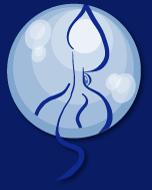

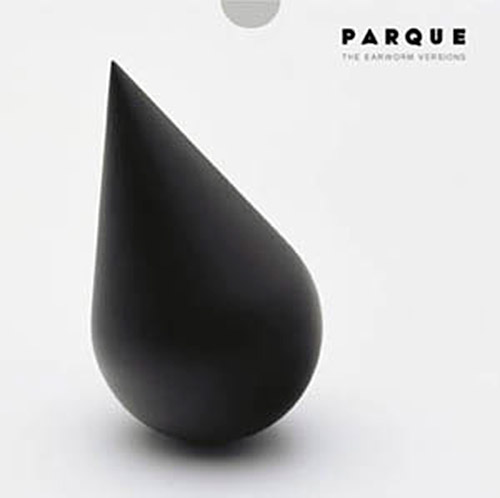
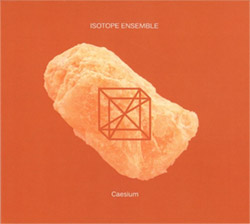
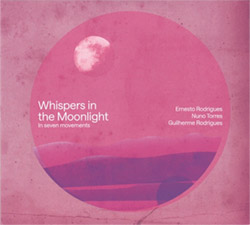
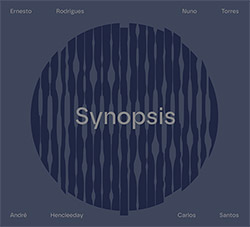
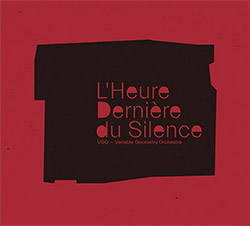
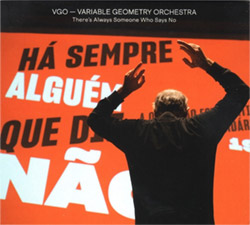
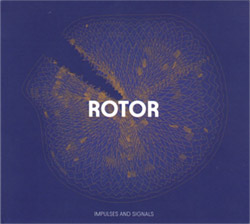
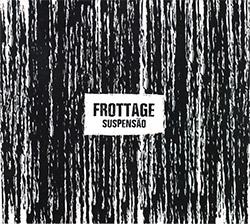
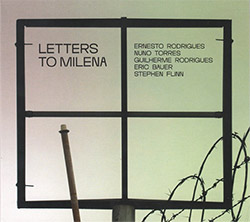
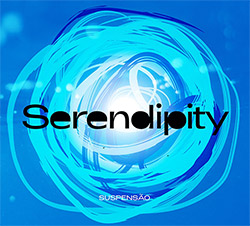
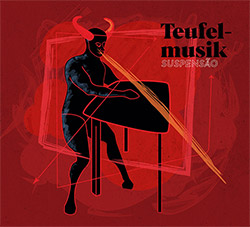
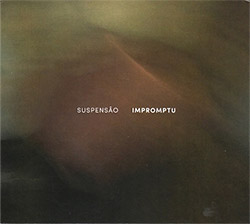
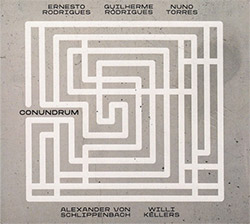
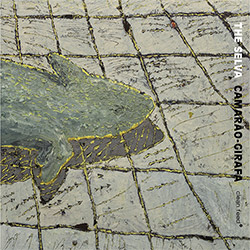
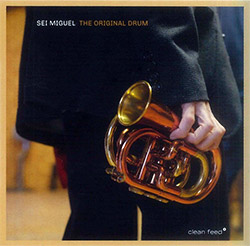
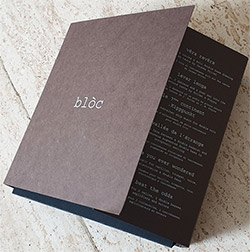
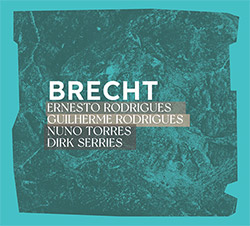
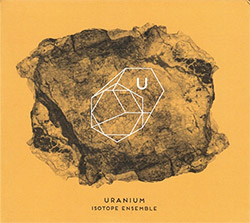
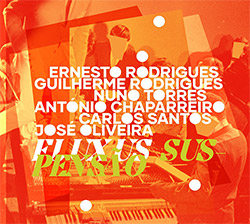
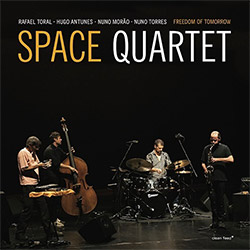
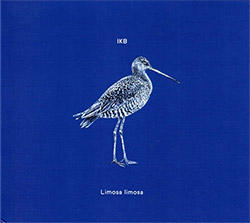
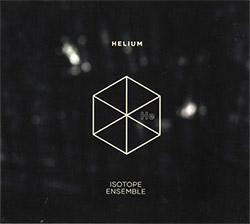
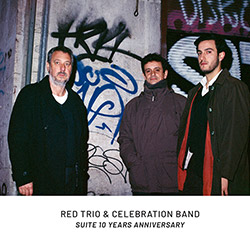
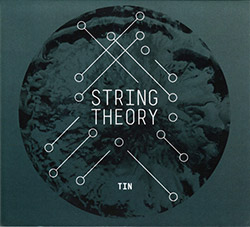
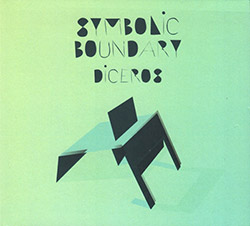
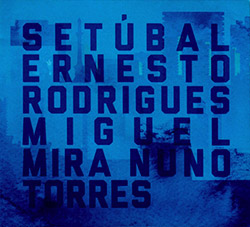
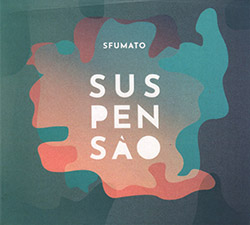

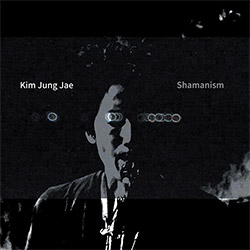
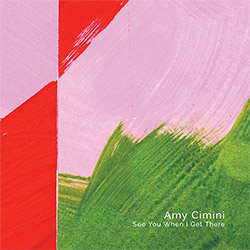
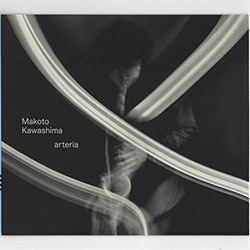
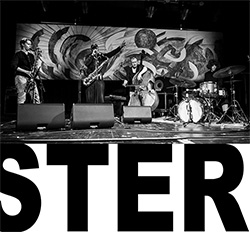
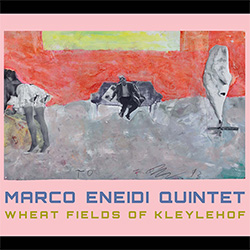
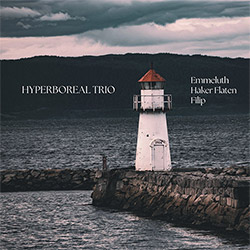
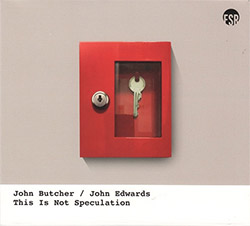
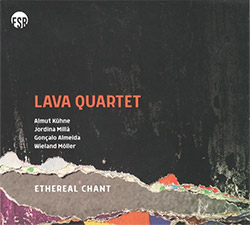
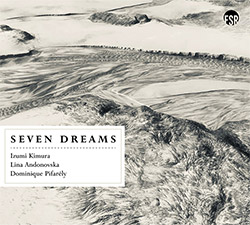
![Deupree, Jerome / Sylvie Courvoisier / Lester St. Louis / Joe Morris: Canyon [2 CDs]](https://www.teuthida.com/productImages/misc4/36404.jpg)
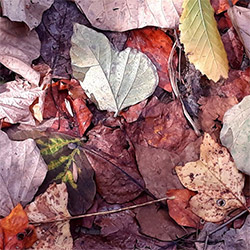
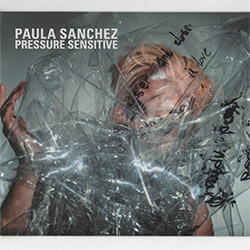
![Eternities: Rides Again [CASSETTE]](https://www.teuthida.com/productImages/misc4/36247.jpg)
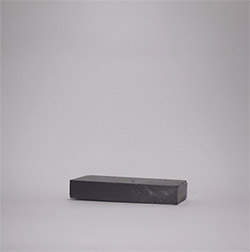
![Lopez, Francisco: Untitled (2021-2022) [2 CDs]](https://www.teuthida.com/productImages/misc4/36438.jpg)
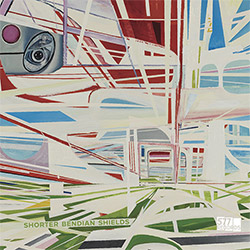
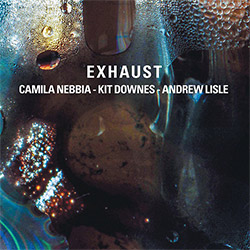
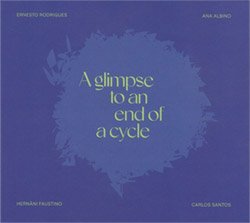
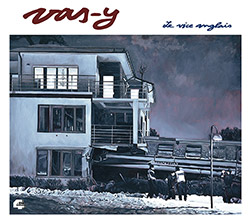
![Eventless Plot | Haarvol: The Subliminal Paths [CASSETTE + DOWNLOAD]](https://www.teuthida.com/productImages/misc4/36232.jpg)
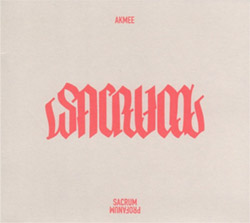
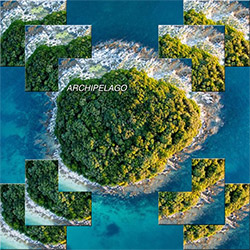
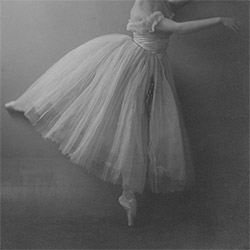

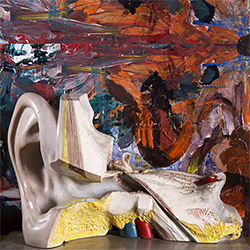
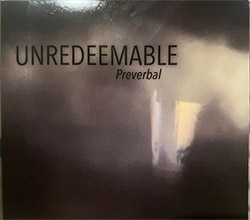
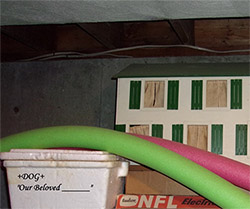
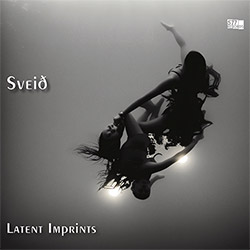
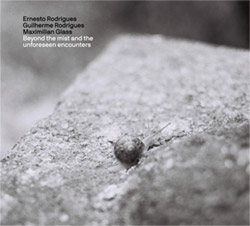
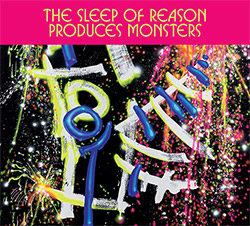
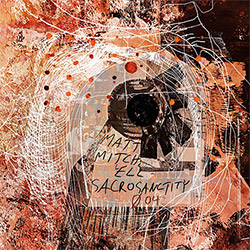
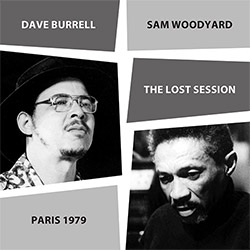
![Eventless Plot | Francesco Covarino: Methexis [CASSETTE + DOWNLOAD]](https://www.teuthida.com/productImages/misc4/36231.jpg)
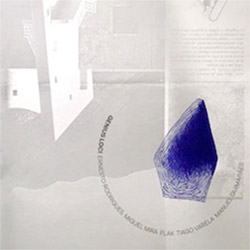
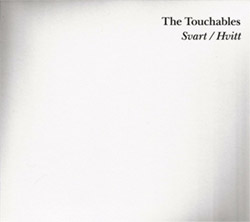
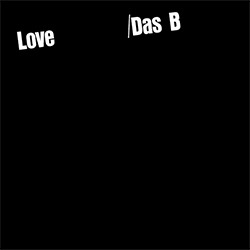
![Das B (Mazen Kerbaj / Mike Majkowski / Magda Mayas / Tony Buck): Love [VINYL]](https://www.teuthida.com/productImages/misc4/36329.jpg)
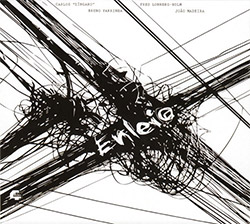
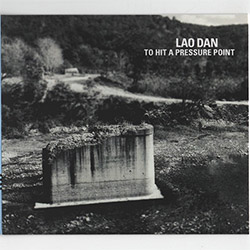
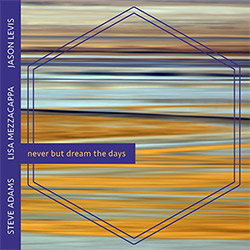
![Hemphill Stringtet, The: Plays the Music of Julius Hemphill [VINYL]](https://www.teuthida.com/productImages/misc4/36409.jpg)
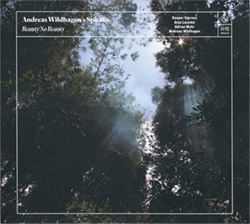
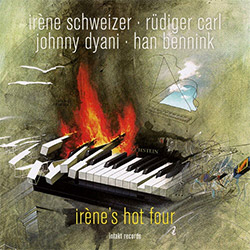
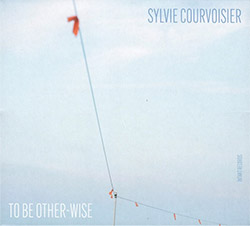
![Halvorson, Mary Septet: Illusionary Sea [2 LPS]](https://www.teuthida.com/productImages/misc4/17952.jpg)
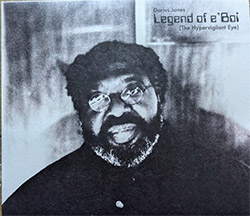
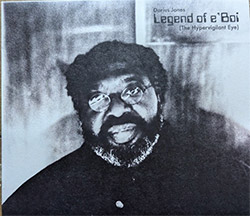
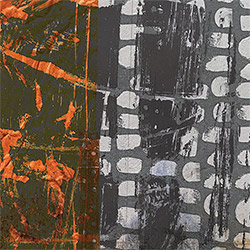
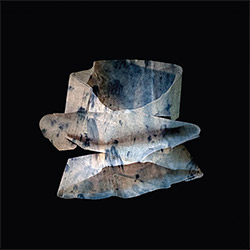
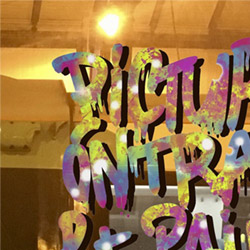
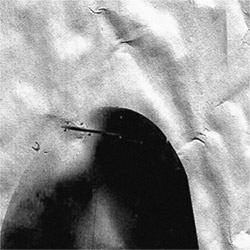
![Money : Money 2 [2 CDs]](https://www.teuthida.com/productImages/misc4/35894.jpg)
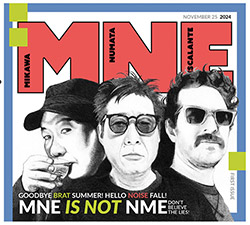
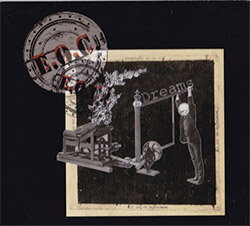
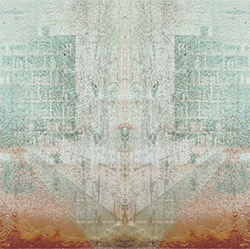
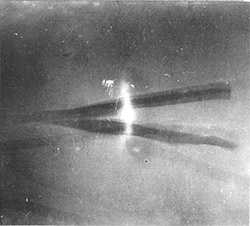
![Klinga, Erik: Elusive Shimmer [VINYL]](https://www.teuthida.com/productImages/misc4/36258.jpg)
![CHANGES TO blind (Phil Zampino): Volume 9 - I Wave on a Fine Vile Mist [CD + DOWNLOAD]](https://www.teuthida.com/productImages/misc4/36061.jpg)

![Wallmart / Rubbish: Asset Protection [split CD]](https://www.teuthida.com/productImages/misc4/35900.jpg)
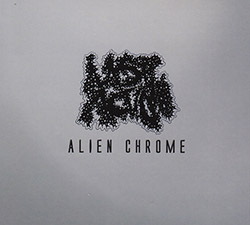
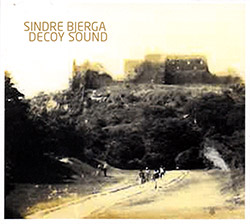
![+Dog+: The Family Music Book Vol. 5 [2 CDs]](https://www.teuthida.com/productImages/misc4/35897.jpg)
![Kuvveti, Deli : Kuslar Soyledi [CASSETTE w/ DOWNLOAD]](https://www.teuthida.com/productImages/misc4/36107.jpg)
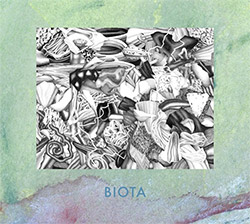
![Nakayama, Tetsuya: Edo Wan [CASSETTE w/ DOWNLOAD]](https://www.teuthida.com/productImages/misc4/36105.jpg)
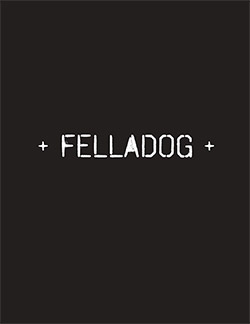

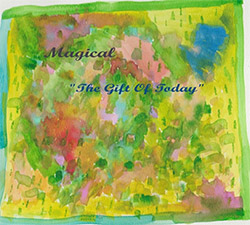
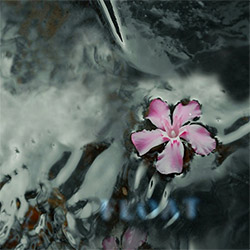
![Yiyuan, Liang / Li Daiguo: Sonic Talismans [VINYL]](https://www.teuthida.com/productImages/misc4/35957.jpg)
![Brown, Dan / Dan Reynolds: Live At The Grange Hall [unauthorized][CASSETTE]](https://www.teuthida.com/productImages/misc4/36245.jpg)
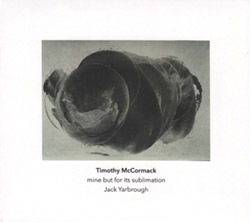
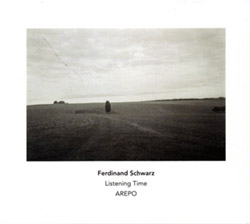
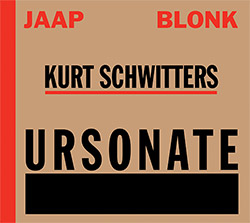
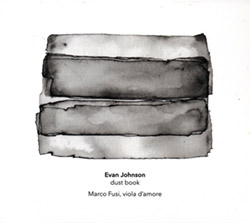
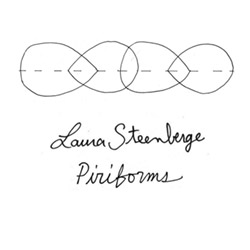
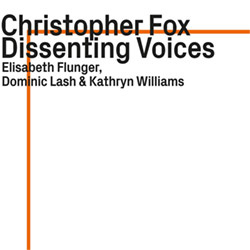
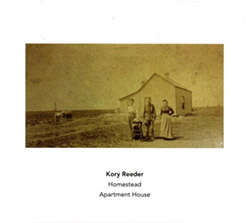
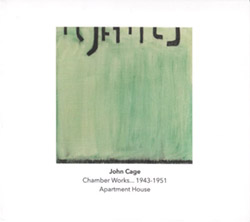
![Palestine, Charlemagne / Seppe Gebruers: Beyondddddd The Notessssss [VINYL]](https://www.teuthida.com/productImages/misc4/36206.jpg)
![Palestine, Charlemagne / Seppe Gebruers: Beyondddddd The Notessssss [NEON GREEN VINYL]](https://www.teuthida.com/productImages/misc4/36207.jpg)
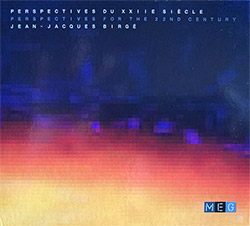
![Laubrock, Ingrid: Purposing The Air [2 CDs]](https://www.teuthida.com/productImages/misc4/35639.jpg)
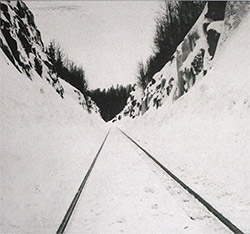
![Yoko, Ono / The Great Learning Orchestra: Selected Recordings From Grapefruit [2 CDs]](https://www.teuthida.com/productImages/misc4/35841.jpg)
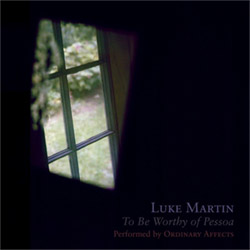
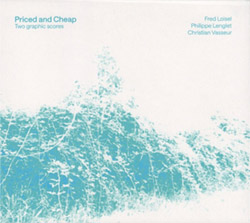
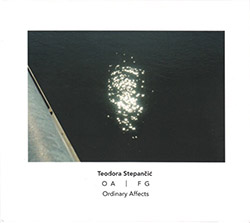
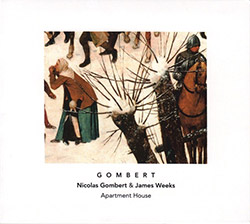
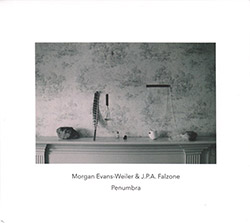
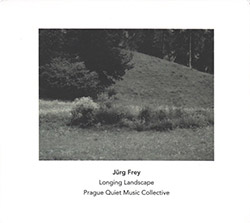
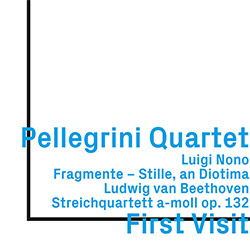
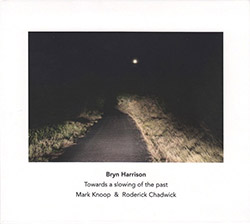
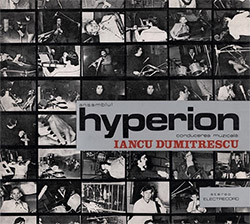
![Zorn, John / JACK Quartet: The Complete String Quartets [2 CDs]](https://www.teuthida.com/productImages/misc4/35609.jpg)
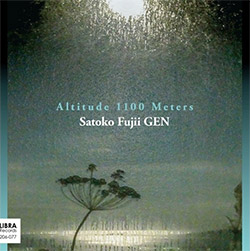
![Lonsdale, Eden: Dawnings [2 CDs]](https://www.teuthida.com/productImages/misc4/35480.jpg)
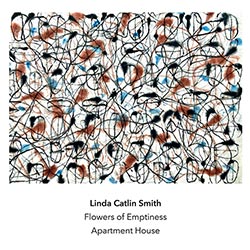
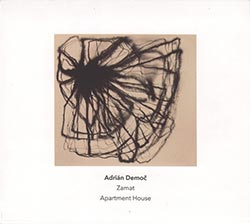
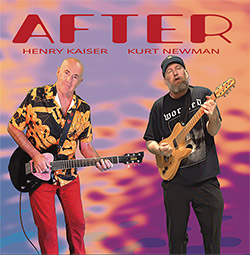
![Sorry For Laughing (G. Whitlow / M. Bates / Dave-Id / E. Ka-Spel): Rain Flowers [2 CDS]](https://www.teuthida.com/productImages/misc4/35985.jpg)
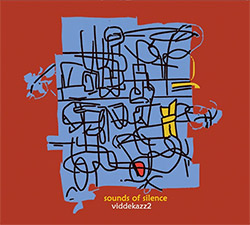
![Rolando, Tommaso / Andy Moor : Biscotti [CASSETTE w/ DOWNLOADS]](https://www.teuthida.com/productImages/misc4/36106.jpg)
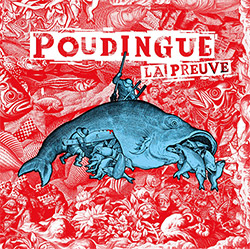
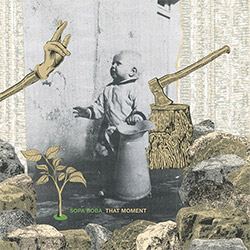
![Electric Bird Noise / Derek Roddy: 8-10-22 [CD EP]](https://www.teuthida.com/productImages/misc4/35970.jpg)
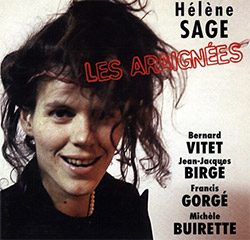

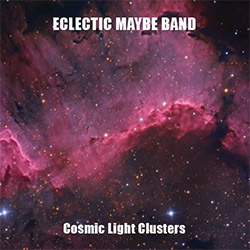
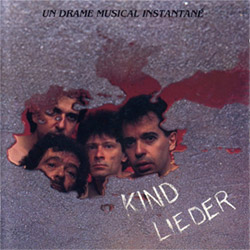
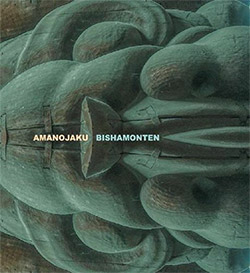
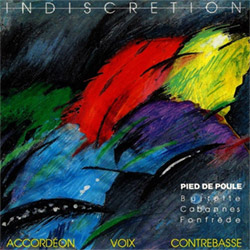
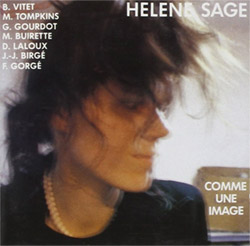
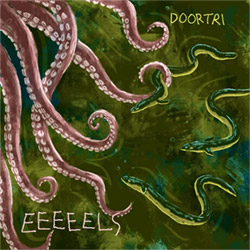
![Elephant9 : Mythical River [VINYL]](https://www.teuthida.com/productImages/misc4/34624.jpg)
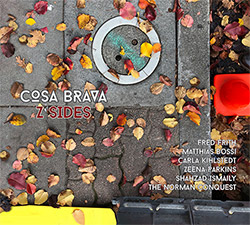
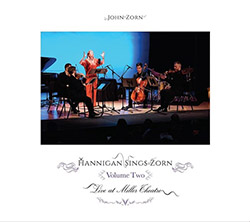
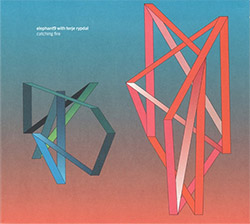
![Elephant9 with Terje Rypdal: Catching Fire [VINYL 2 LPs]](https://www.teuthida.com/productImages/misc4/35355.jpg)
![Deerlady (Obomsawin, Mali / Magdalena Abrego): Greatest Hits [VINYL]](https://www.teuthida.com/productImages/misc4/34876.jpg)
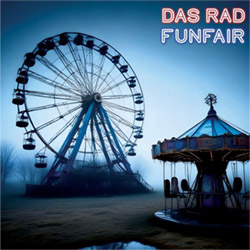
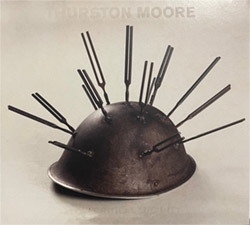
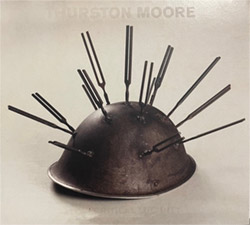
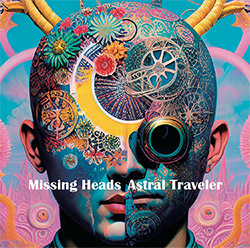
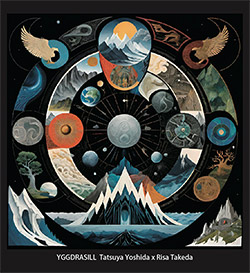
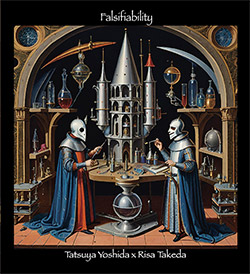
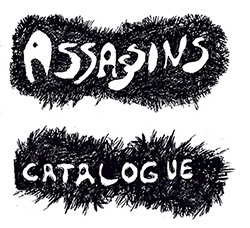
![Surplus 1980: Illusion of Consistency [CD]](https://www.teuthida.com/productImages/misc4/35069.jpg)
![Staiano, Moe: Away Towards the Light [VINYL + DOWNLOAD]](https://www.teuthida.com/productImages/misc4/35037.jpg)
![Coley, Byron: Dating Tips for Touring Bands [VINYL]](https://www.teuthida.com/productImages/misc4/17906.jpg)
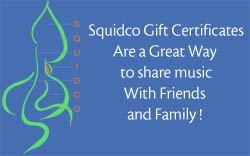
![Lost Kisses: My Life is Sad & Funny [DVD]](https://www.teuthida.com/productImages/misc4/lostKissesDVD.jpg)